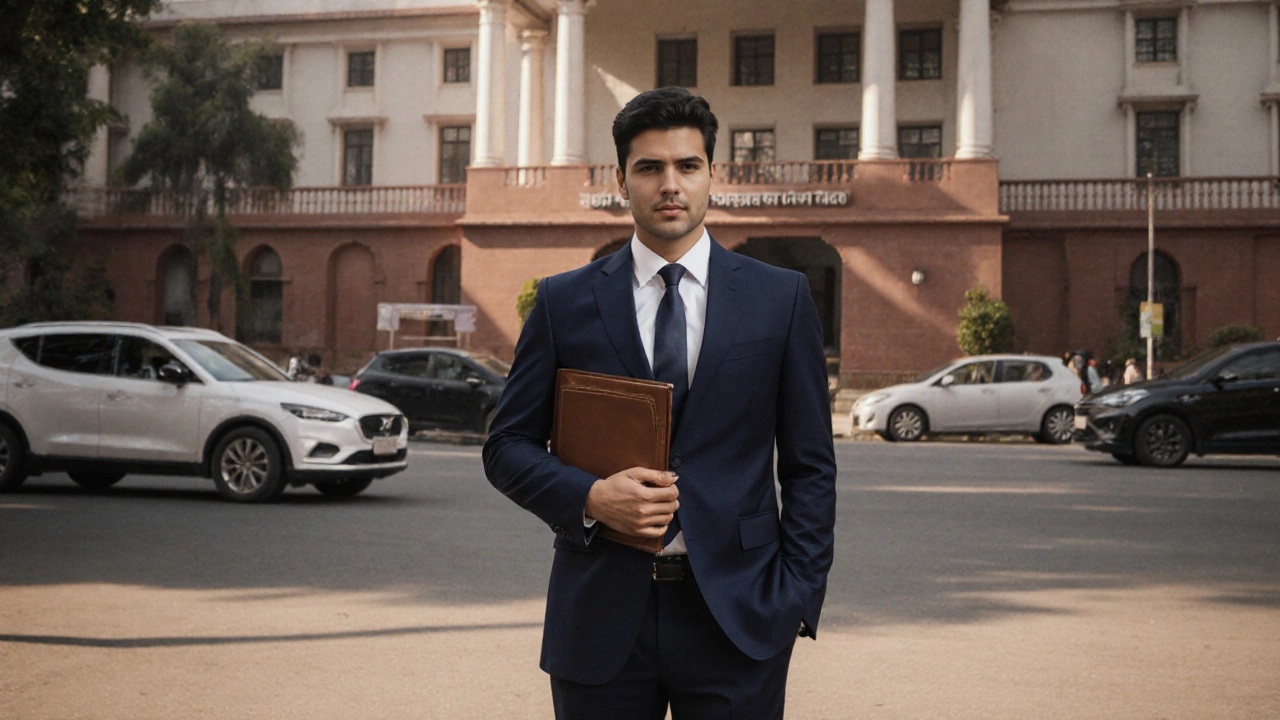Government Job Interview Dress Code: What to Wear and What to Avoid
When you walk into a government job interview in India, your dress code, the unwritten set of visual rules that signal respect, discipline, and professionalism in official settings matters more than you think. It’s not about looking rich or trendy—it’s about showing you understand the culture of public service. In government offices, your outfit speaks before you do. A wrinkled shirt, open sandals, or flashy jewelry can make interviewers question your seriousness, even if you know the syllabus inside out. This isn’t about fashion. It’s about signaling that you’re ready to represent an institution, not just apply for a job.
The government job interview, a formal evaluation process for positions in public sector organizations like railways, banks, SSC, or state services expects a specific standard. For men, that usually means a plain shirt (white or light blue), well-fitted trousers, closed leather shoes, and a tie if the role is senior. For women, a salwar kameez in muted colors, a formal saree, or a simple suit with closed-toe flats works best. No jeans, no hoodies, no sneakers. No visible tattoos or heavy makeup. This isn’t arbitrary—it’s rooted in decades of bureaucratic norms where appearance is tied to trustworthiness. The interview attire, the specific clothing choices that align with institutional expectations during official assessments must reflect discipline, not individuality.
You might wonder why this matters so much when skills are what count. But here’s the truth: in government hiring, you’re not just competing against others’ knowledge—you’re competing against their presentation. A candidate in a crisp shirt and polished shoes looks like someone who follows rules, arrives on time, and takes responsibility. That’s the exact profile ministries look for. Even in states where rules are looser, the default expectation remains conservative. The professional interview clothing, standard garments worn in formal hiring settings to convey competence and respect doesn’t need to be expensive—it just needs to be clean, ironed, and appropriate. A ₹500 shirt that fits well beats a ₹5,000 designer outfit that’s too tight or too loud.
And don’t forget the small things. A broken watch, dirty nails, or strong perfume can ruin a good impression faster than a wrinkled collar. Interviewers notice details because they’re trained to. They’ve seen hundreds of candidates. The ones who stand out aren’t always the smartest—they’re the ones who didn’t distract. If you’ve prepared for the written exam, the interview is your chance to show you’ve also prepared for the environment. This isn’t about pretending to be someone else. It’s about showing up as the version of yourself that belongs in that room.
Below, you’ll find real advice from people who’ve walked out of government interviews with offers—not because they had the highest score, but because they dressed like they already worked there.
